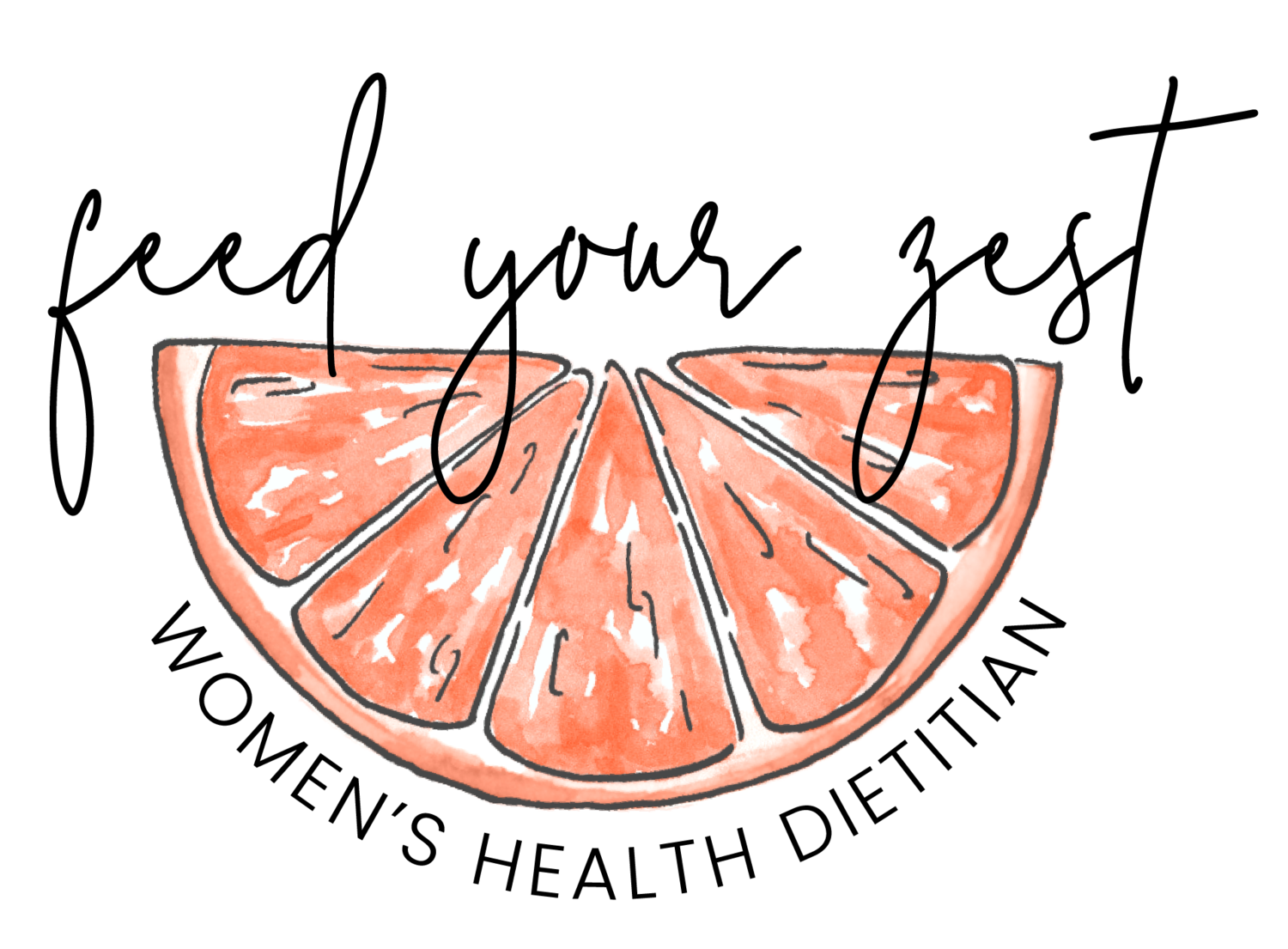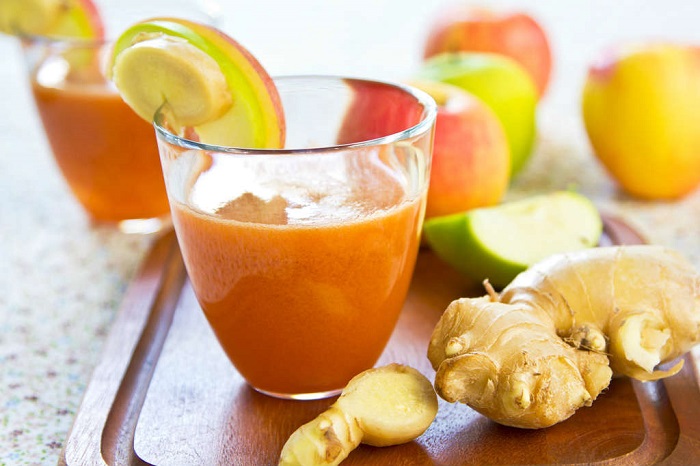
You don't have to cut out salt completely from your diet. It is possible to still enjoy many tasty foods with low sodium. It's important to choose the best foods. Some examples of these foods include processed meats, canned goods and cheese. Also, you can choose low-sodium tomato extract and paste. Choosing low-sodium meat and dairy products will also save you money and time.
There are many foods low in sodium, including fresh fruits and vegetables as well as whole-grain pasta. Nuts are rich in healthy fats, which make them a great source for protein, fiber, essential vitamins, and minerals. Nuts are rich in antioxidants which protect against free radical damage and counter the harmful effects of sodium. This article will provide some helpful tips on how to reduce sodium.
Choose food labels with sodium content to avoid the detrimental effects of sodium. Look out for "Heart-Check", which is a seal that indicates the sodium content. These processed meats are high in sodium and should be avoided. Make sure to inspect the ingredients and check that they are labeled "low salt" or "low sulphite." If you're not sure, try cooking with fresh herbs instead. Garlic powder, onion powder, and celery seed are good alternatives.
Reduce your sodium intake by substituting low-sodium processed cheese with it. Consider using substitutes such as cottage cheese, mozzarella, and buttermilk. You can also replace table Salt with spices, and substitute canned drinks for homemade. Avoid canned foods and roasted salted peanuts. Avoid these foods as they are high in sodium. It's also best to rinse canned foods thoroughly with water before consumption.
Try spreading sodium throughout the day, to reduce your sodium intake. Choose fruits and vegetables to reduce your sodium intake. Ask for less salt when you eat out. Custom-made dishes are healthier for you and contain less sodium. Ask for sauces or dressings to be served with your order at a restaurant. For those who eat out, it is possible to ask for lower-sodium options.

The first step to follow when reducing sodium intake is to check the labels of the foods you eat. Always read the label. The label will tell you the serving size, ingredients and sodium content. A product should not have more that 140 mg sodium per serving. To make popcorn even more delicious, you can add spices. This snack is rich in fiber and low in sodium.
Salty foods should be avoided, but there are foods low in sodium. These foods include whole grains, breads, and other breads that are high in fiber but low in sodium. Rice bran, for instance, is a good source of fiber. It also has just 6 mgs of sodium per serving. Consuming whole grains may result in added salt. Multigrain bread, for instance, has almost 170mgs of sodium.
Fresh fruits are a good way to lower sodium intake. Fresh fruits are low in sodium and high in essential vitamins, minerals. One milligram of sodium in an apple is about 6% of the daily recommended intake. Greek yogurt has the same amount of sodium as plain yogurt, but more protein and is a great option when you're watching your sodium intake. It's also rich in potassium, which is vital for maintaining healthy blood pressure.

Some foods have extremely high sodium levels. However, they are still relatively low compared to other foods. While vegetables are a great source of fiber and are naturally low in sodium, they contain more sodium than other types. One cup of beets contains 84 mgs of sodium, while half a cup spinach has 63 mgs. Other "salt-free" foods include asparagus, corn, green beans, and avocado.
FAQ
Which career path is best for someone who wants a career as a chef or chef? How do I begin my career as chef?
An apprenticeship is a good way to start your career as a chef. Apprenticeships are a way to earn a living while you learn. After your apprenticeship is completed, you can apply to be a sous chef. Sous chefs are responsible for supervising cooks and helping them prepare salads or desserts. They also supervise the operation of the restaurant.
What's the best way to keep leftovers safe?
Tupperware containers are a good choice for leftovers. These containers are great for keeping food fresh and preventing odors from growing. They can also keep food warm longer. Frozen leftovers can be kept in freezer bags. You can freeze leftover food by placing it in another freezer bag. This will prevent any air from escaping. Once the food has been frozen, transfer it into an airtight container such as a zip lock bag.
Are you able to cook by yourself?
Yes, it is possible to be a self-taught chef! It is something everyone enjoys, regardless of their level of cooking ability. You can learn to cook by starting at home. Start small, like making pancakes for breakfast or spaghetti sauce for dinner. Experimenting with new recipes is the best way to learn to cook. You may even want to make a few mistakes along the way.
The time it takes to learn to cook can vary from just a few hours up to several weeks, depending upon your skill level. It is important to remember that cooking doesn't have to be about following recipes. There are so many ways to prepare food.
Statistics
- According to the BLS, chefs earn $58,740 a year. (learnhowtobecome.org)
- under 10 Kids have been taught that there is special food just for them, and Fiese says that 10 percent of kids will throw a tantrum if they don't get the food they want. (washingtonpost.com)
- In the United States, the category is estimated at $23.2 billion annually and is growing faster than the market. (washingtonpost.com)
External Links
How To
How to Be a Chef
A career path for chefs is one of the most interesting careers you could choose. You will need to have a lot of skills and knowledge in order to choose the right job for you. However, if you want to start working immediately, there are many ways to get into this field. You can work at restaurants, hotels or catering businesses. You could also take up cooking classes. Here are some tips and tricks to help you decide what career path is best for you.
-
Learn to cook! Everybody should learn to cook once in their lifetime. If you don't know anything about food yet, then you should definitely try to learn how to cook. There are so many great recipes available online. They are also easy to follow. When learning new things, the most important thing to remember is not to rush. Enjoy every step and take your time.
-
Get a degree
If you want to become a professional chef, you should consider getting a culinary arts degree. This will allow you to create your own style, taste and gain valuable knowledge. Culinary schools offer courses like baking, pastry-making, meat cutting, etc. They usually require students to attend classes for several years before they graduate. If you truly want to be a chef, it is worth considering other schools.
-
Work in a restaurant
Working in a restaurant is probably the easiest way to enter the world of chefs. Most people who decide to become a chef do this first because it gives them hands-on experience. Restaurants want qualified staff, especially if they have had experience in other fields. Look for work in restaurants if your goal is to become a chef.